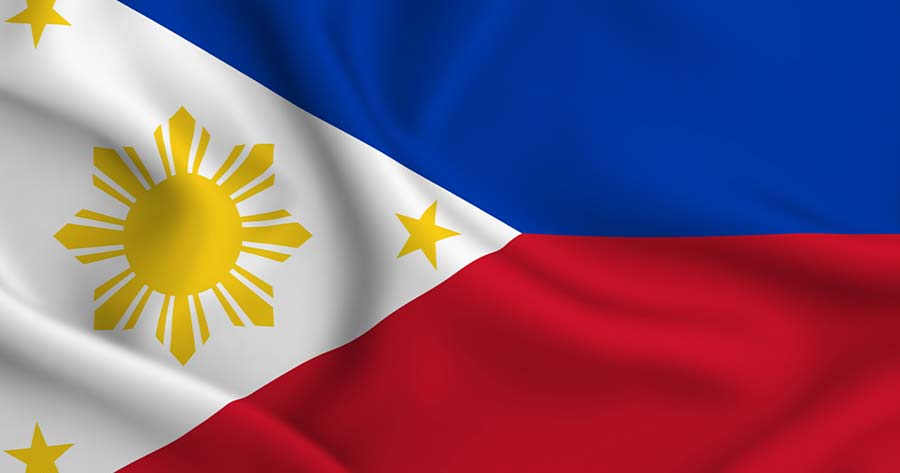The Philippine economy posted marginally stronger growth in the first quarter of 2025, buoyed by robust public expenditure and firm consumer demand, yet still fell short of analyst forecasts amid escalating global trade headwinds.
Official data released Thursday showed gross domestic product expanded 5.4% year-on-year in the January-March period, edging past the 5.3% pace recorded in the previous quarter. However, the figure undershot the 5.7% growth projected by economists surveyed by Reuters.
On a seasonally adjusted basis, quarterly growth registered at 1.2%, trailing the median forecast of 1.6%.
Economic Development Undersecretary Rosemarie Edillon attributed the steady momentum to the resilience of the Philippine economy, despite challenges posed by external volatility, including the U.S. tariffs.
Growth was propelled by an 18.7% surge in government spending, the fastest since 1Q20, as authorities fast-tracked infrastructure projects ahead of a scheduled 45-day pre-election spending ban, which will take effect before the May 12 midterm election.
Meanwhile, household consumption rose to 5.3% from 4.7% in the previous quarter, supported by moderating inflation.
The sustained easing in consumer prices, with annual inflation dropping to 1.4% in April, the lowest in over five years, has raised market expectations for monetary policy loosening by the Bangko Sentral ng Pilipinas at its June 19 meeting.





